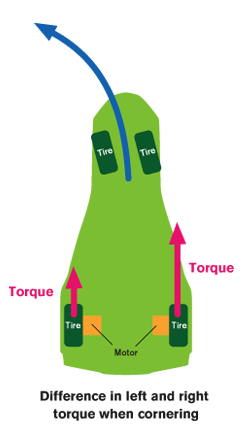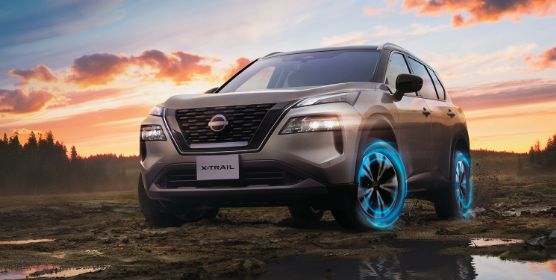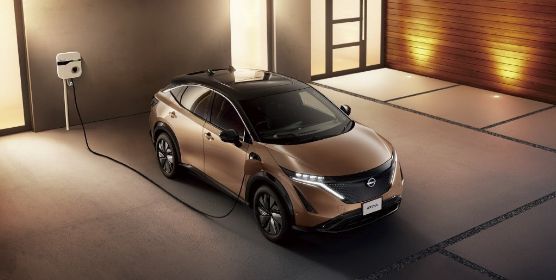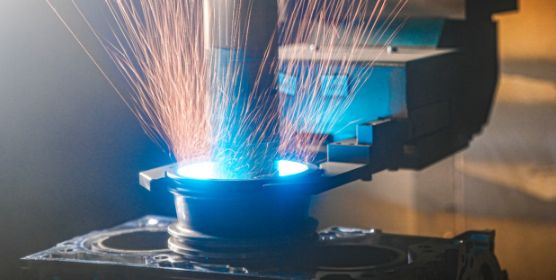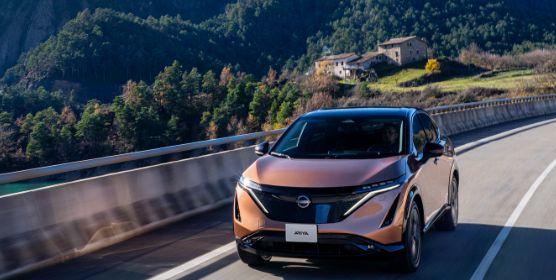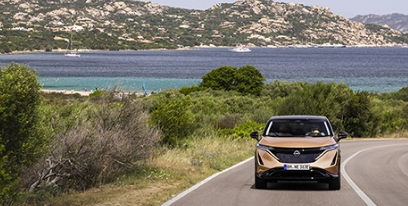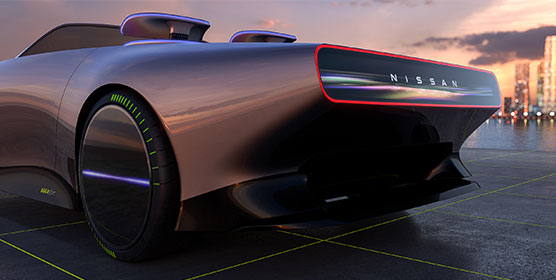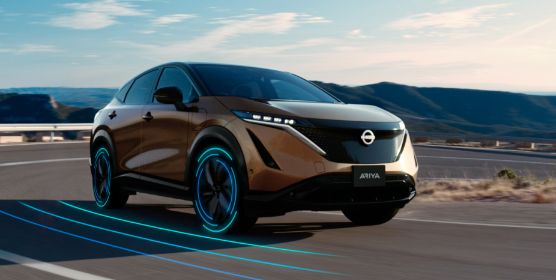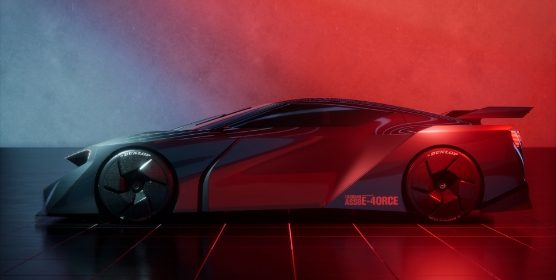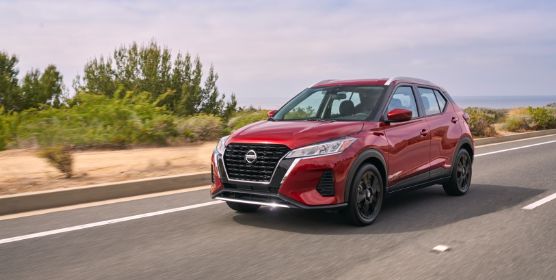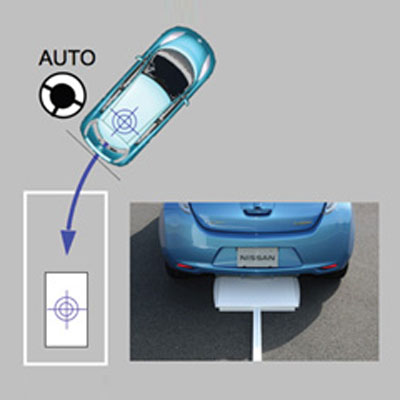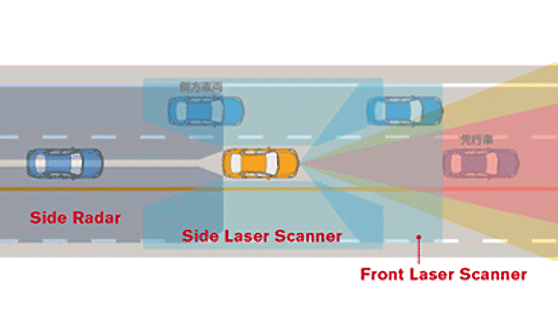In-wheel motor
Delivers a car that drives more than ever in the way you truly want
By placing motors adjacent to the wheels, this technology realizes driving more aligned with a driver’s wishes, increasing the fun and the intuitiveness of driving experience. The layout offers greater freedom for the driver, allowing for a more diverse vehicle than previously.
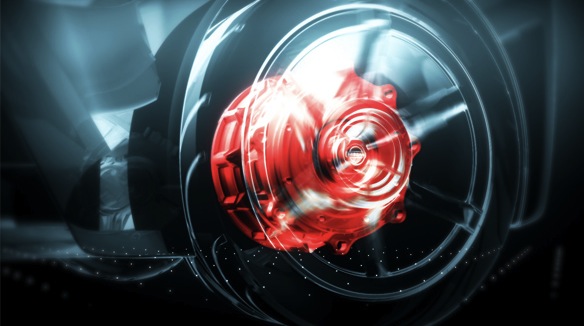
Technology Functionality
he
in-wheel
motor
is
a
type
of
EV
(electric
vehicle)
drive
system.
Conventional
EVs
feature
a
design
where
the
gasoline
engine
is
substituted
with
an
electric
motor.
The
in-wheel
motor
EV,
though,
installs
motors
right
around
each
of
the
driving
wheels
to
directly
power
the
wheels.
In
addition
to
good
accelerator
responsiveness,
an
advantage
of
EVs,
the
in-wheel
motor
makes
the
behavior
of
the
car
more
in
tune
with
the
steering
by
independently
controlling
the
left
and
right
wheels.
When
accelerating
or
cornering,
the
car
moves
intuitively
in
the
way
the
driver
wants.
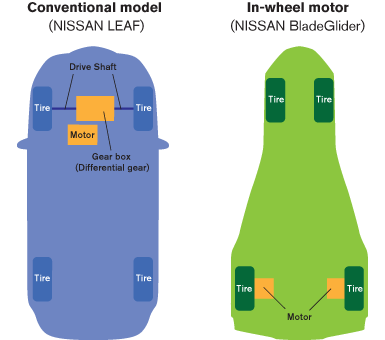
Technology Configuration
In
conventional
EV
models,
the
motor
is
installed
in
the
position
of
the
engine
in
gasoline
engine
vehicles,
and
it
transfers
power
to
the
wheels
via
a
drive
shaft.
This
method
allows
EVs
to
make
use
of
the
automotive
technology
already
existing
in
cars
with
engines,
and
excels
in
terms
of
sound
and
vibration.
In
the
conventional
design,
when
the
power
of
the
motor
is
transferred
to
the
wheels,
power
is
added
to
the
long
drive
shaft,
which
is
rotated
and
then
after
this
is
transmitted
to
the
wheels.
With
the
rotation,
though,
there
is
a
very
slight
time
lag.
However,
with
an
in-wheel
motor,
motors
are
installed
close
to
each
of
the
drive
wheels,
and
are
moving
the
wheels
through
extremely
small
drive
shafts.
Since
the
drive
shafts
are
so
small,
the
time
lag
that
arises
with
the
rotation
all
but
disappears,
and
motor
power
is
transmitted
to
the
wheels
instantaneously,
making
it
possible
to
control
the
wheels
very
precisely.
An
in-wheel
motor
drives
the
left
and
right
wheels
by
separate
motors,
so
left
and
right
torque
can
be
controlled
independently.
For
example,
when
a
driver
turns
left,
the
right-hand
torque
can
be
controlled
greater
than
the
left
in
accordance
with
how
much
the
driver
is
steering,
and
this
allows
the
driver
to
generate
the
power
to
steer
the
car
to
the
left.
There
are
already
similar
technologies
for
controlling
brakes
independently
on
the
left
and
the
right,
but
with
an
in-wheel
motor,
not
only
is
the
torque
reduced,
it
can
also
control
the
increasing
of
torque,
broadening
the
range
of
control
and
attaining
a
more
liberated
driving
experience.
